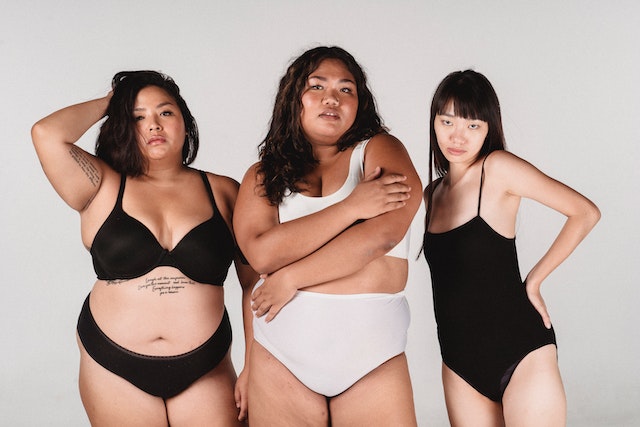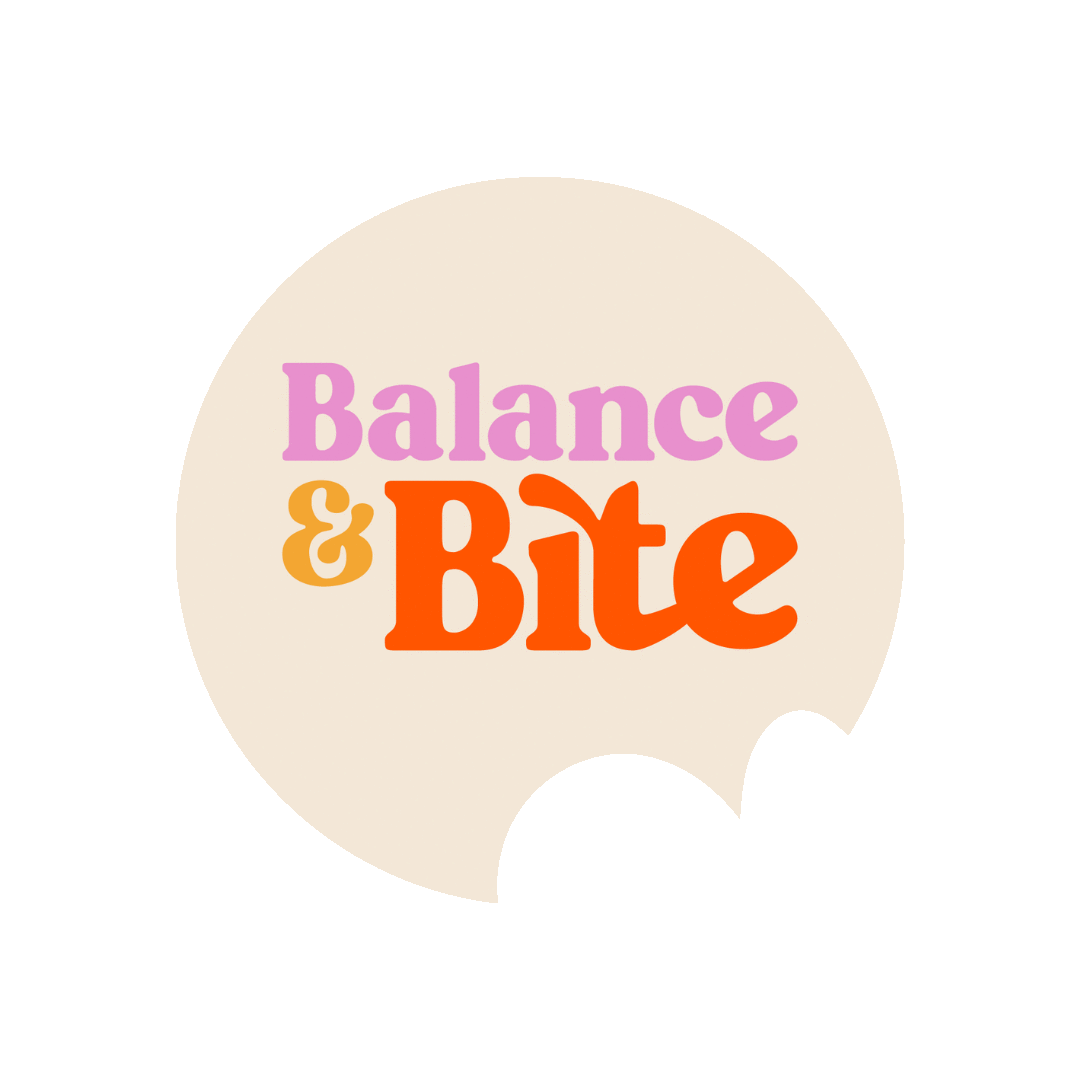Health at Every Size (HAES) challenges the idea that weight, body shape or size are reliable indicators of health and that weight is a choice. It recognises health is multifaceted and extends beyond the number on a scale, acknowledging nutrition, movement, genetics, social connectedness and more to assess an individual’s health.


Why Is HAES important?
Imagine you have two people standing in front of you; one has a BMI of 40 kg/m2, and the other has a BMI of 25 kg/m2.
Which is healthier?
Now let me give you some more information.
The person with a BMI of 25 kg/m2 smokes a pack of cigarettes and drinks alcohol every day; they have type 2 diabetes, eat vegetables a couple of times a week, rarely exercise and have a very poor sleep routine.
The person with a BMI of 40 kg/m2 has never smoked and rarely drinks; they’re very socially connected and have a loving, supportive partner; they love cooking and always try to include a variety of vegetables at lunch and dinner; they exercise most days (either walking or pilates), get at least 8 hours of solid sleep a night and have no chronic illnesses.
Now, which is healthier?
The truth is you can not accurately tell who is healthier by this information alone. Blood tests and other information are required to assess their health accurately.
Our health status is a complex interplay of genetics, lifestyle, access to resources, and social determinants of health – factors that are too often forgotten in our modern, overstretched healthcare system.
What is a Health at Every Size Dietitian?
As a non-diet Dietitian, who’s seen the damaging effects of weight stigma, I’m a strong advocate for Health At Every Size. In fact, I’m such as firm believer that weight is unreliable in indicating health status that I no longer weigh my clients – trying to reduce weight stigma where ever possible.
Instead of focusing on weight as a measure of “success”, a HAES dietitian will focus on behaviours that enhance our overall well-being. Whether that’s promoting body acceptance, cultivating a healthier relationship with food and their bodies, finding joyful ways to move, reducing stress, increasing social connectedness, or adding more food variety and regularity.
What are the principles of HAES?
- Weight inclusivity: accepting and respecting the inherent diversity of body weights, shapes and sizes.
- Health enhancement: providing equal, unbiased access to healthcare that aims to improve a person’s physical, economic, social, spiritual, emotional and mental well-being.
- Respectful care: acknowledging and challenging our biases to reduce weight discrimination and weight stigma. Acknowledging the role socio-economic status, race, gender, sexual orientation, age, and other identities play in health and addressing these inequities.
- Eating for well-being: offering flexible, individualised and gentle nutrition information to meet nutritional needs and pleasure rather than any external goals, e.g. weight loss.
- Joyful movement: encouraging enjoyable ways to move that allow people of all sizes to engage in physical activity that suits a person’s abilities, interests and budget.
An example of the HAES approach
If you’ve ever tried to access fertility treatment and live in a higher-weight body, you’ll know most clinics only offer treatment to patients with a BMI of less than 35kg/m2.
A HAES-aligned clinic, however, would consider more than this person’s weight and BMI. They might ask questions and decide whether to offer treatment based on the person’s age, genetics, lifestyle factors, stress, food intake, or other medical conditions.


HAES is incredibly misunderstood
In a society that bombards us with messages about the “ideal” body size and the narrative that ALL people in larger bodies are inherently unhealthy, HAES is often misunderstood.
For example, someone might argue that HAES “promotes O*sity” (which is a whole other story); this simply isn’t true. But people take the phrase “Health at every size” too literally; they might say, “So, you’re telling me that person over there who weighs 200 + kg is healthy?”
No. I’m saying let’s not assume that person’s unhealthy based on their weight. Let’s offer them the same access to medical and health treatment, free of weight stigma, to understand their unique health challenges and provide client-centred care.
Because we live in a world of all or nothing, some people can struggle to understand how you can possibly be healthy at every size when we’ve been taught forever that being in a higher-weight body is unequivocally unhealthy.
This is why I’d argue that instead of being called “Health at every size,” it should be “Health access at every size”.
It’s simply expanding our reductive version of health and challenging the idea that we can only be healthy at a certain BMI, weight or body shape.
HAES is about access more than anything.
The medical and health industry is fraught with gaslighting, gatekeeping and unconscious bias.
The Health At Every Size framework wholeheartedly believes everyone deserves the right to safe, reliable and accurate healthcare regardless of weight, body shape or size.
Learn to advocate for yourself and understand how to navigate our weight-biased healthcare system.
Looking for a HAES Dietitian?
At Balance and Bite, our HAES dietitians offer a safe, non-judgmental space to discuss your unique health challenges. We do not weigh our clients or make assumptions about their health. If you’re interested in working together, book an appointment or get in touch to learn more.


Erin’s an Accredited Practising Dietitian & Certified Intuitive Eating Counsellor. She uses a non-diet approach and weight-inclusive care to help her clients reclaim a healthy relationship with food and their bodies free of guilt, shame and restriction.










View comments
+ Leave a comment